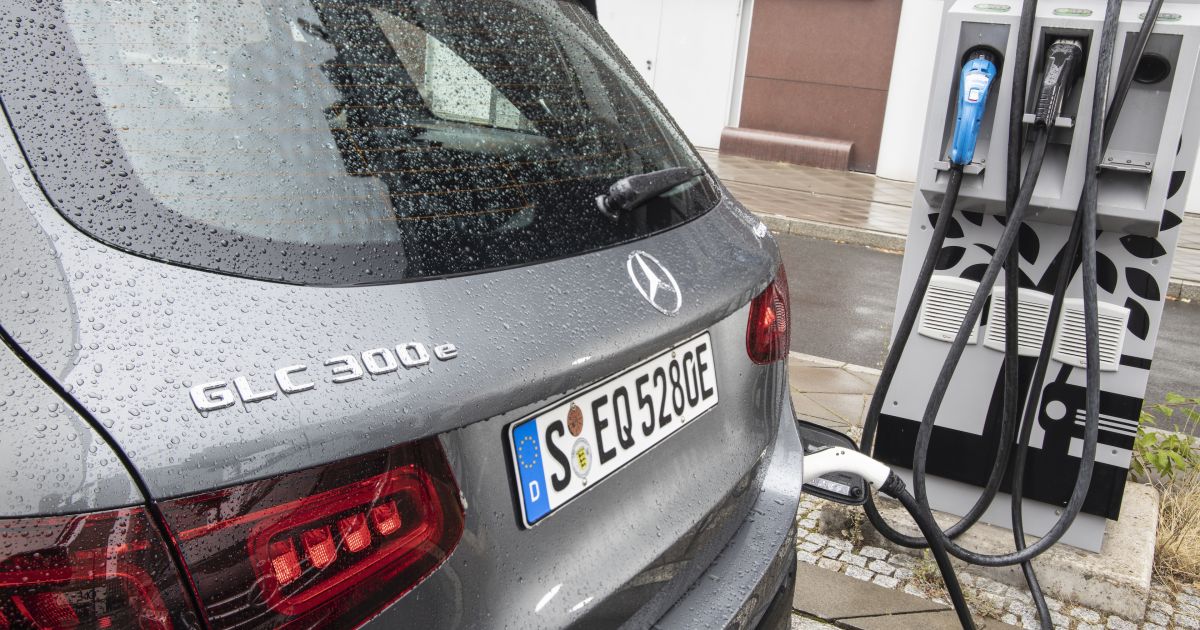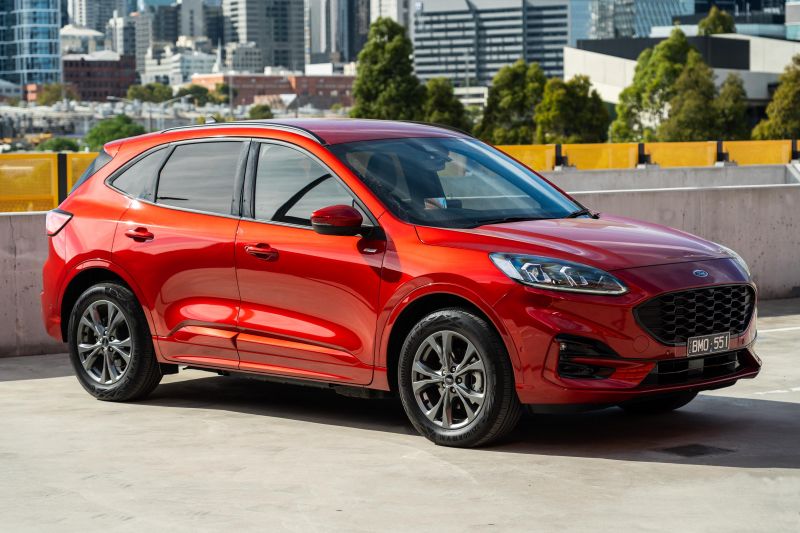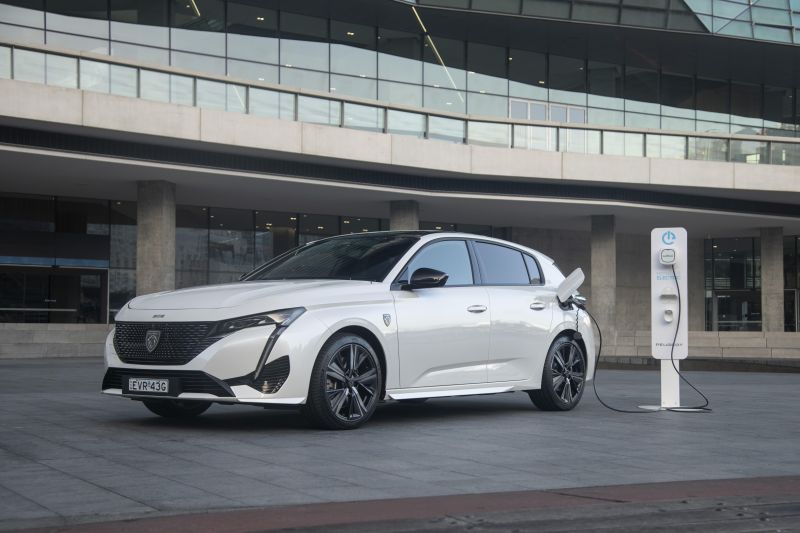According to the European Commission, plug-in hybrids (PHEVs) emit on average 3.5 times more CO2 than in laboratory tests.
This corresponds to 4 l/100 km or 100 g CO2/km more than the official WLTP test values. This means that their real CO2 emissions were only 23 percent lower than conventional cars.
The European Commission warns that PHEVs are “currently not achieving their potential, particularly because they are not being charged and driven fully electrically as frequently as expected”.
The data also showed that CO2 emissions from petrol and diesel vehicles were higher than officially reported – by 23.7 percent for petrol vehicles and 18.1 percent for diesel vehicles.
It is said that such a discrepancy was to be expected and that the gap is half as large as when comparing real emissions and data under the old NEDC test standard.
The European Commission has published the first data on a sample of 617,194 cars, representing 7.2 percent of cars registered for the first time in 2021. The data also includes 6667 vans.
A further 288,231 vehicles were filtered out for various reasons, for example because they had a mileage of less than 500 km.
The full data set can be found here and the Commission’s report here.
The data comes from on-board fuel consumption monitoring devices (OBFCM), which have been mandatory for all new cars and vans since January 2021 and also record the vehicles’ energy consumption and mileage.
This data is collected by car manufacturers and submitted annually to the Commission, which received its first data set in April 2022. It is this 2021 data that was released in the inaugural report.
The agency says it will continue to monitor this gap between real numbers and claims figures as it collects more data, as one year’s worth of data is not enough to conduct an adequate analysis.
It will be examined whether further measures should be taken to prevent further growth, such as adjusting the WLTP standard introduced in 2017.
The company has confirmed that from 2025 it will introduce changes to how it calculates the utility factor of PHEVs, or the expected proportion of distance traveled on electric power.
The European Commission believes there will be a gap because laboratory tests cannot fully replicate real-world factors such as traffic and road conditions, landscape, ambient temperature, use of air conditioning and electronics, and driver behavior.
Poor coverage of the 2021 vehicle fleet was highlighted, with most manufacturers reporting data for less than five percent of their vehicles registered for the first time this year.
Companies such as JLR (43 percent), Ford (34 percent), Mercedes-Benz (27 percent) and Volvo (24 percent) provided significantly more data.
According to the European Commission, road transport is responsible for around a fifth of the European Union’s total greenhouse gas emissions, with light commercial vehicles – i.e. passenger cars and light commercial vehicles – responsible for around 70 percent of total emissions.
The European Union wants to ban the sale of new gasoline and diesel cars, including plug-in hybrids, by 2035.
Demand for electric vehicles has cooled recently in Europe, while PHEVs have maintained their market share – and in February they even recorded a higher growth rate than electric vehicles.
Compared to February 2023, electric vehicle sales in the EU increased by nine percent, while PHEV sales increased by 11.6 percent.
Still, electric vehicles outperform PHEVs in Europe. In February they held a 12 percent market share, compared to 7.3 percent for PHEVs.
Conventional hybrid vehicles outperformed both with a market share of 28.9 percent. Their sales also increased by 24.7 percent.
Some companies, including Bentley and Aston Martin, have chosen to delay upcoming electric vehicles to prioritize PHEVs instead.



